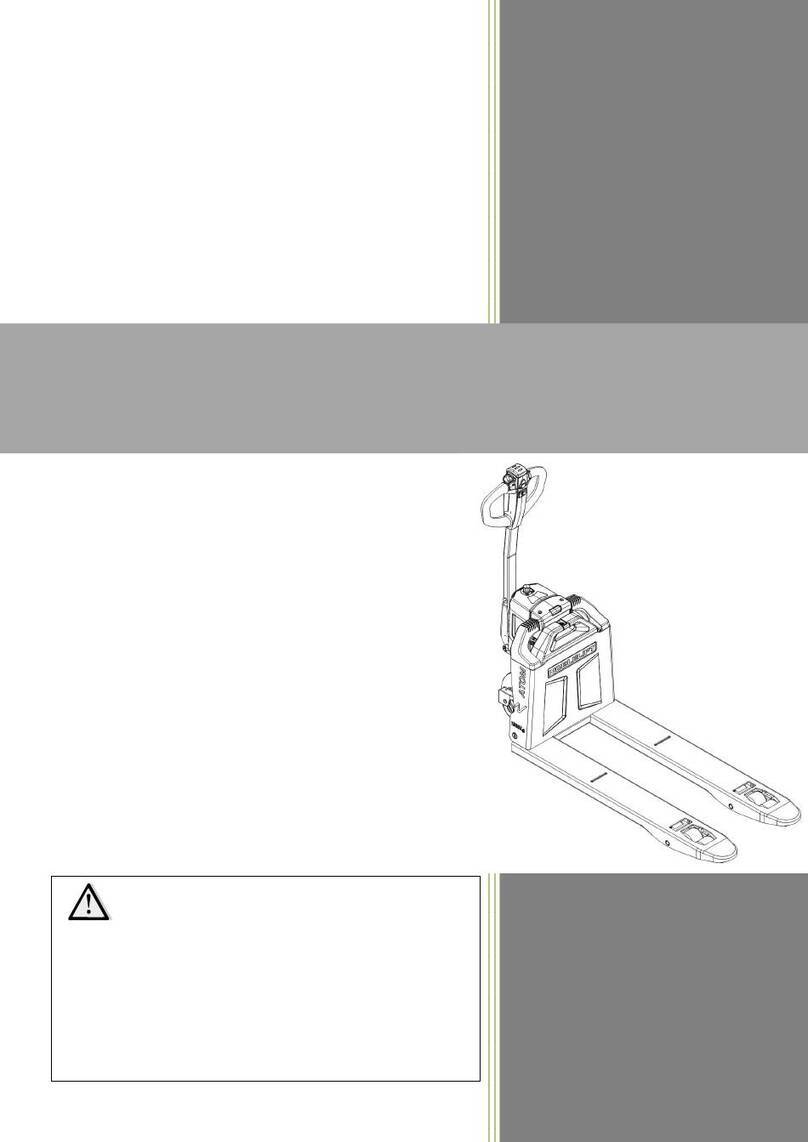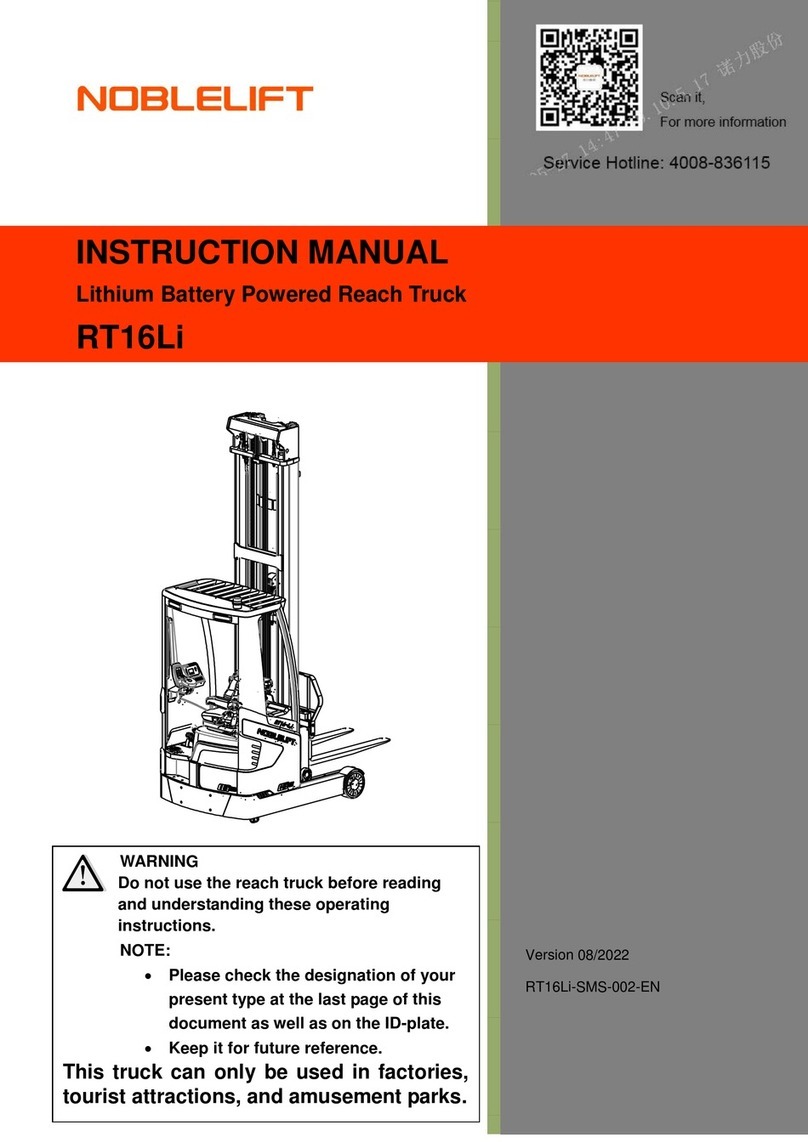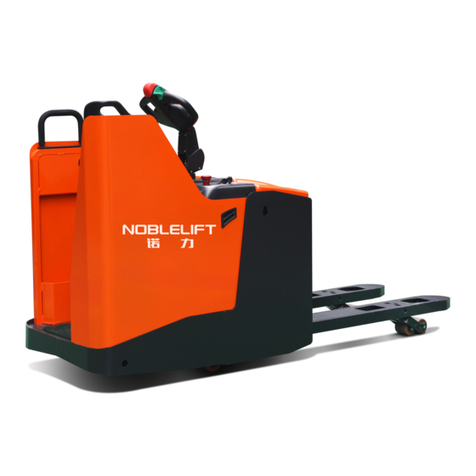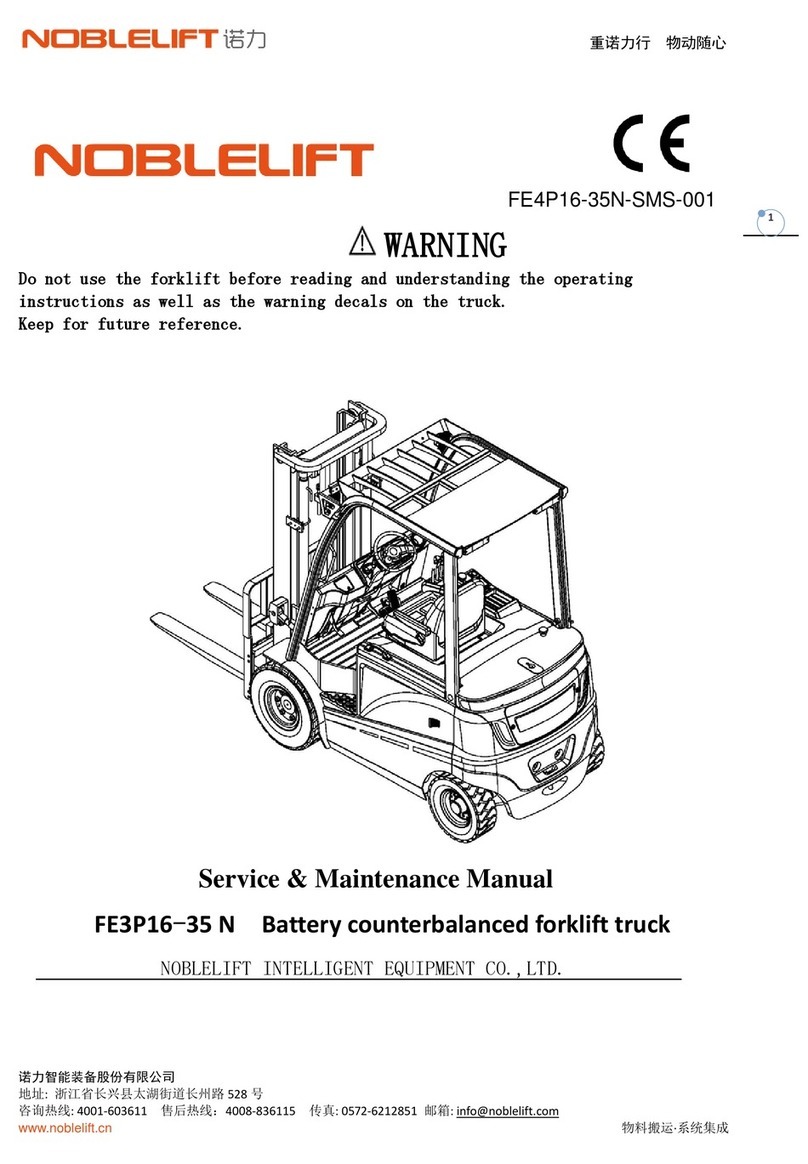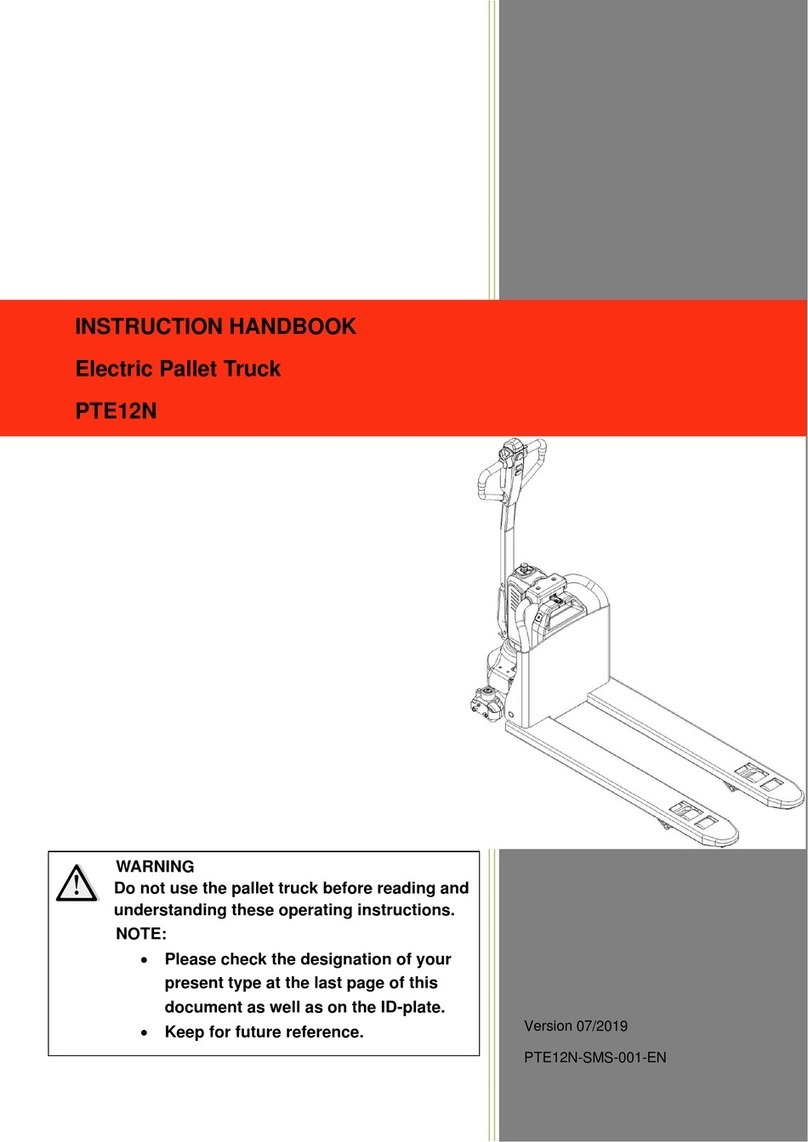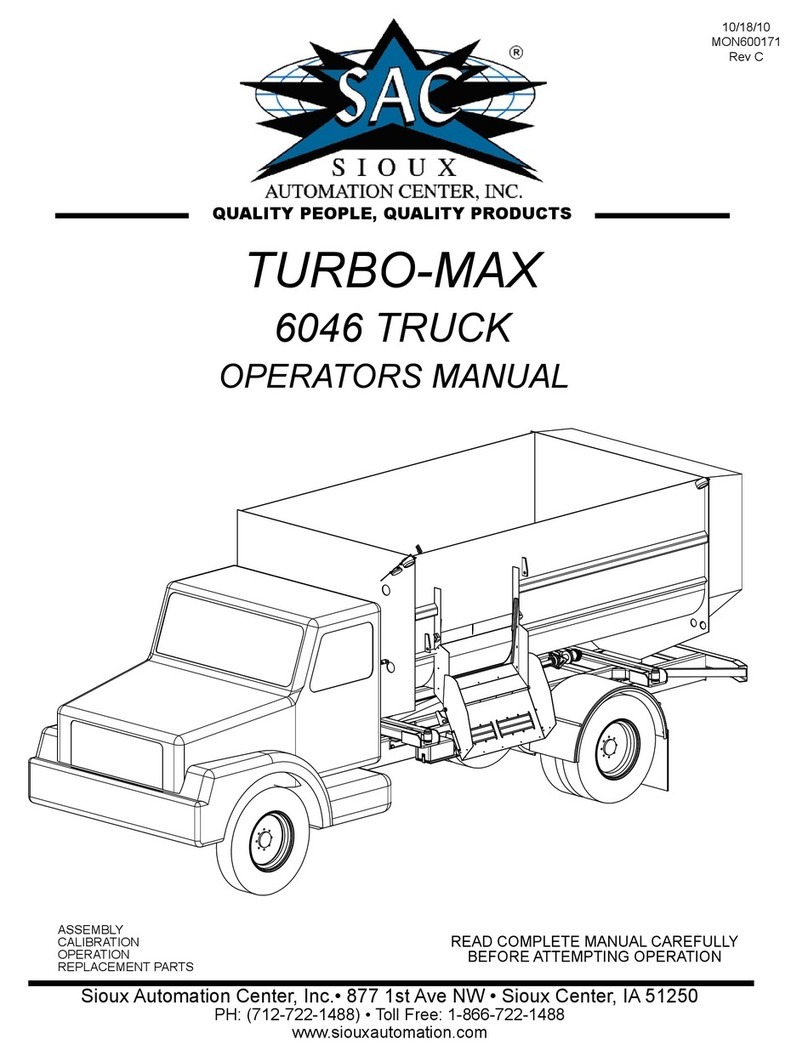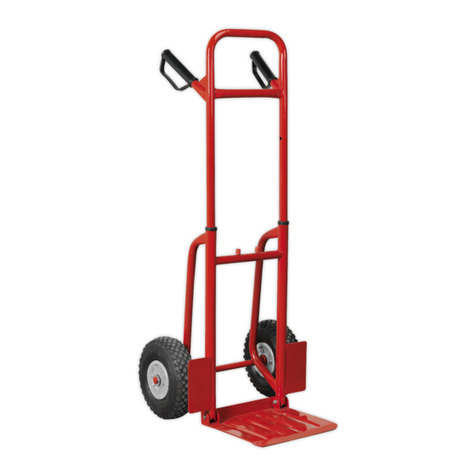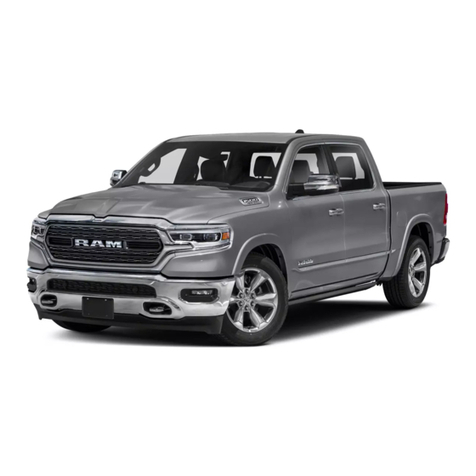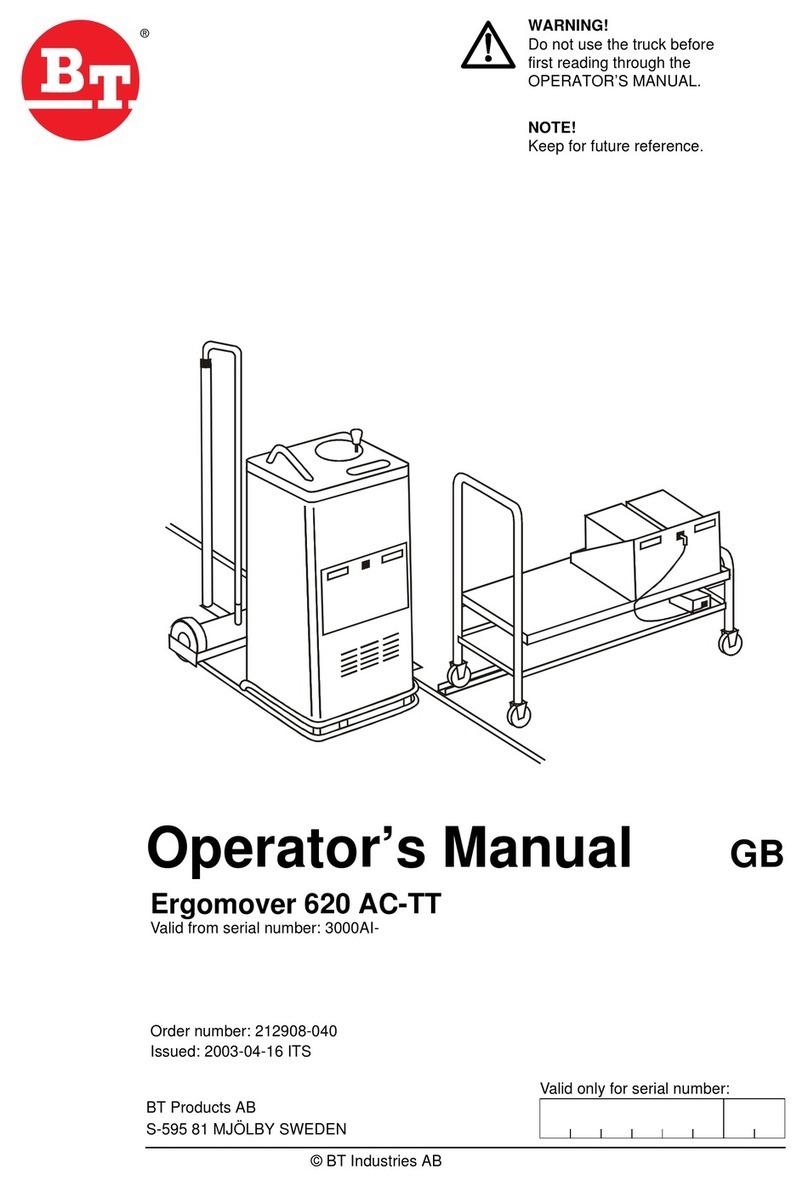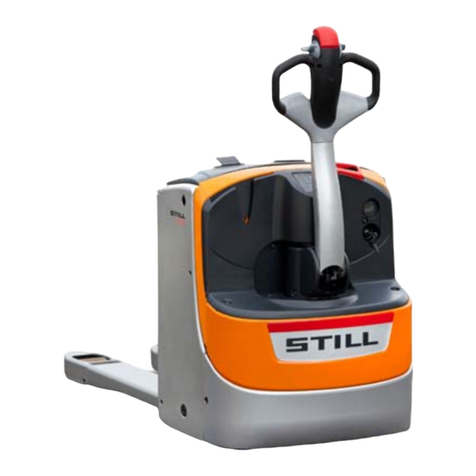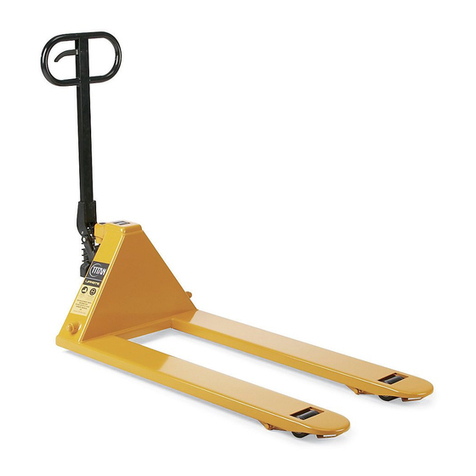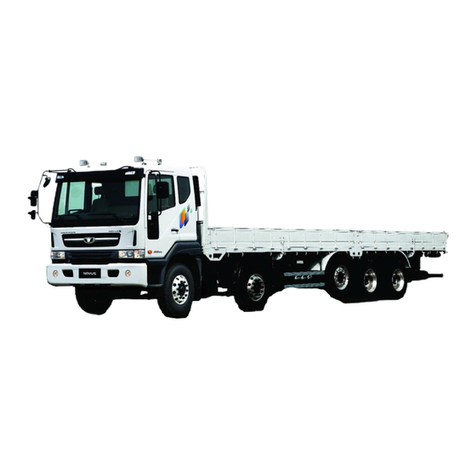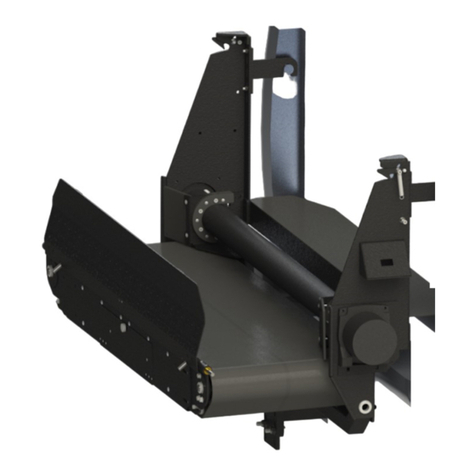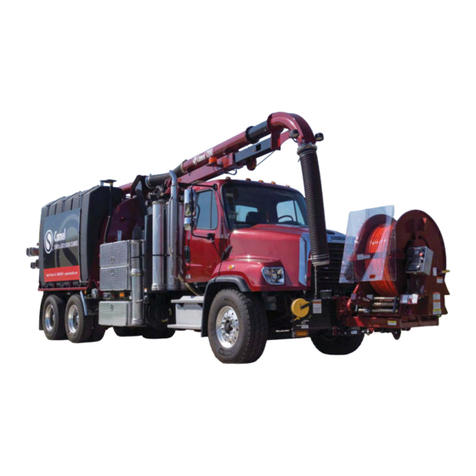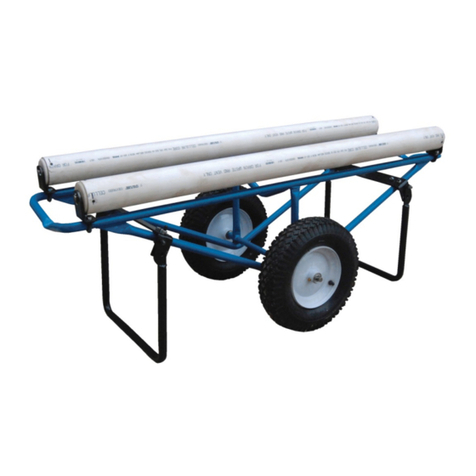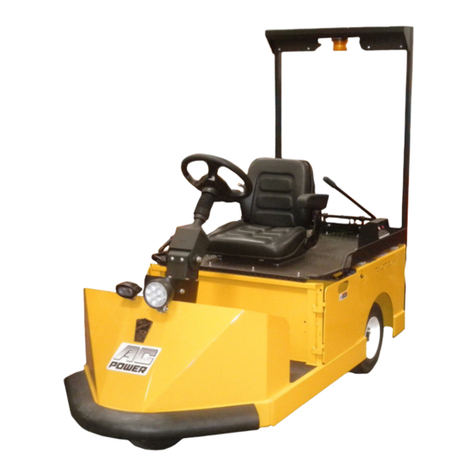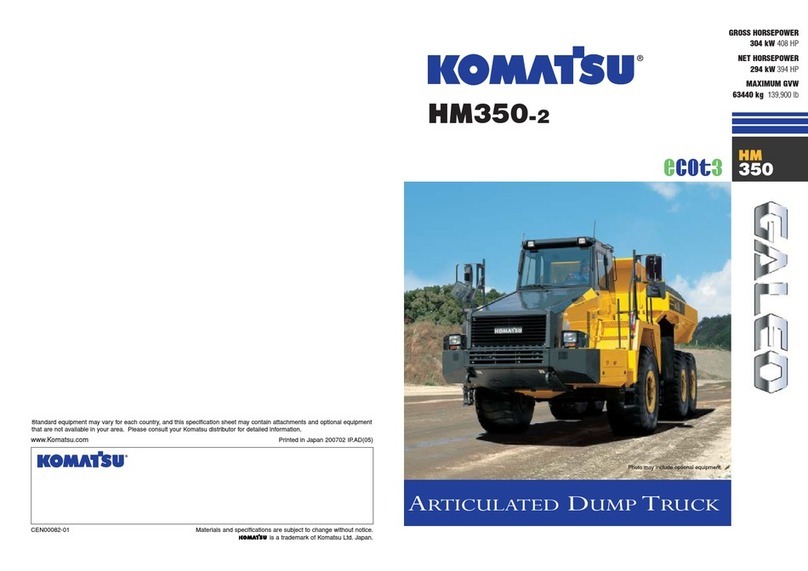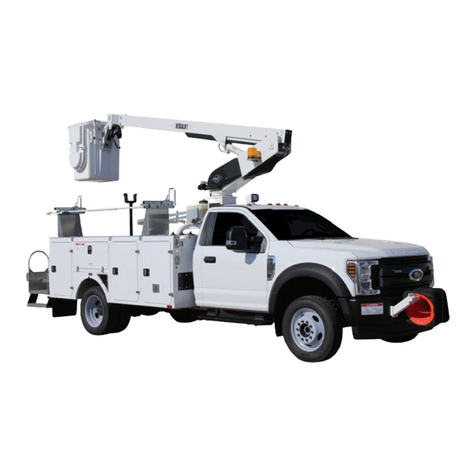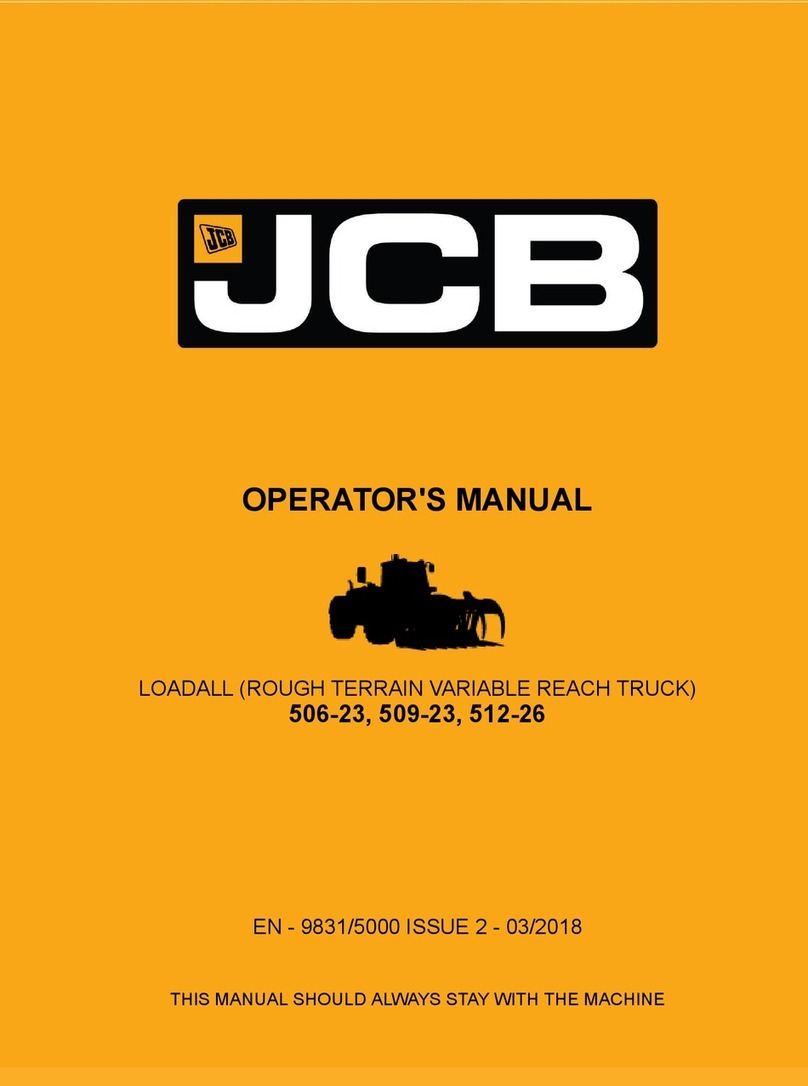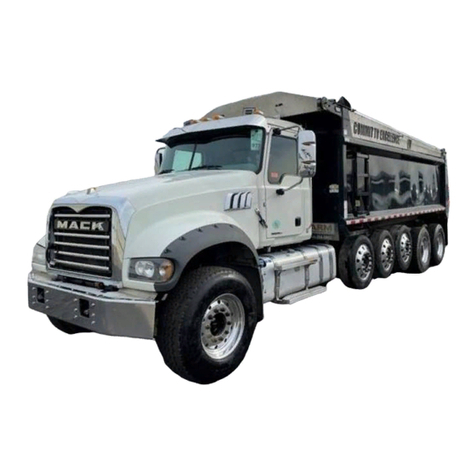
3
2-7-2 Vehicle fault reading process ................................................................................................................... 42
2-7-3 Vehicle signal detection ........................................................................................................................... 43
2-7-4 CURTIS Handheld unit menu content ......................................................................................................... 43
2-8 Troubleshooting for each fault code ...................................................................................................................... 49
3 Drive/brake system ................................................................................................................................................... 52
3-1 Overview ................................................................................................................................................................ 52
3-1-1 Component ................................................................................................................................................. 52
3-2 Drive assembly ....................................................................................................................................................... 52
3-2-1 appearance ................................................................................................................................................. 52
3-2-2 How does this work .................................................................................................................................... 52
3-2-3 Drive motor disassembly/assembly and test .............................................................................................. 54
3-2-4 Drive wheel removal/installation ............................................................................................................... 55
3-3 Service braking system .......................................................................................................................................... 55
3-3-1 Overview ..................................................................................................................................................... 55
3-3-2 How does this work .................................................................................................................................... 55
3-3-3 test .............................................................................................................................................................. 55
3-3-4 Removal/installation of electromagnetic brake ......................................................................................... 56
3-4 Troubleshooting ..................................................................................................................................................... 56
3-4-1 Drive motor ................................................................................................................................................ 56
3-4-2 Driving box .................................................................................................................................................. 58
4 The hydraulic system.............................................................................................................................................. 59
4-1 overview ................................................................................................................................................................ 59
4-1-1 component ................................................................................................................................................. 59
4-2 Pump station assembly .......................................................................................................................................... 60
4-2-1 Appearance and specifications ................................................................................................................... 60
4-2-2 test .............................................................................................................................................................. 60
4-2-3 Removal/installation of pump motor and hydraulic pump ........................................................................ 61
4-2-4 Pump motor disassembly/assembly and testing ........................................................................................ 62
4-3 Hydraulic oil tank and filter.................................................................................................................................... 63
4-3-1 appearance ................................................................................................................................................. 63
4-3-2 Replacement of hydraulic fluid and filter ................................................................................................... 63
4-4 troubleshooting ..................................................................................................................................................... 64
4-4-1 Pump motor................................................................................................................................................ 64
4-4-2 Hydraulic pump .......................................................................................................................................... 65
5 Lifting system ......................................................................................................................................................... 66
5-1 Overview ................................................................................................................................................................ 66
5-1-1 Component ................................................................................................................................................. 66
5-2 Door frame ............................................................................................................................................................. 67
5-2-1 appearance ................................................................................................................................................. 67
5-2-2 Pallet fork .................................................................................................................................................... 68
5-2-3 Chain ........................................................................................................................................................... 68
5-2-4 Lifting cylinder ............................................................................................................................................ 69
5-3 Troubleshooting ..................................................................................................................................................... 70
